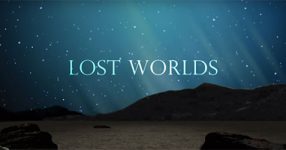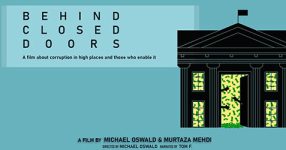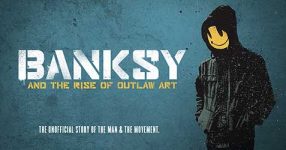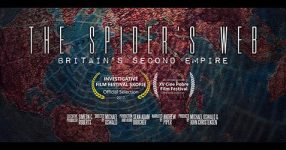The documentary “Freeports: The Beauty of Tax Free Storage” delves into the mysterious world of customs warehouses, exploring their role in sheltering valuable objects and artworks. The title itself hints at the hidden nature of these tax havens, inviting viewers to uncover the secrets behind the financial maneuvers in the art market.
The Art Market as a Safe Haven
Leonardo da Vinci’s masterpiece, the Salvator Mundi, becomes a focal point in the narrative, emphasizing the shift in the art market from a realm of aesthetic appreciation to a sanctuary for financial transactions. The escalating bids, reaching a staggering 400 million dollars, underscore the pivotal role of money in the art world, where artistic qualities seem secondary to financial considerations.
Austrian-born art forwarder, Fritz Dietl, sheds light on the changing dynamics, reminiscing about a time when a million-dollar artwork made headlines. However, as the figures rose exponentially, the art market evolved, and valuable pieces, including the elusive Salvator Mundi, found refuge in highly secure warehouses known as freeports.
The Enigma of Freeports: A Closer Look at Geneva
The journey into the documentary leads to Geneva Freeport, a customs warehouse with a suspended tax regime. This section explores the purpose of such places, initially designed for temporary storage to facilitate trade. The advantages of storing goods in these freeports include exemption from sales tax and customs duties while the items are in transit.
However, the documentary questions whether customs warehouses like Geneva Freeport are transforming into havens for secret assets, particularly in the wake of changing regulations and increased scrutiny. Former Geneva city government member, Rémy Pagani, raises concerns about the lack of transparency and potential misuse of these facilities.
Architectural Clues and Global Expansion
The documentary unveils the architectural design of freeports, suggesting a connection between their opulence and the hidden financial activities within. Architects 3BM3, responsible for designing freeports, provide insights into the construction of these facilities. Luxembourg, another hotspot for freeports, comes into focus, with footage from the grand opening raising questions about the societal perception of warehouses as celebratory events.
Political Scrutiny and the Aftermath of the Panama Papers
The narrative shifts to political reactions following the Panama Papers scandal, with the EU Parliament creating a committee to investigate covert flows of capital, including the role of freeports. Delegate Evelyn Regner from the European Parliament emphasizes the need for scrutiny in light of potential tax evasion and the secrecy surrounding these customs warehouses.
The implementation of automatic information exchange since 2017 for bank accounts has pushed investors to seek alternative avenues, leading to a surge in investments in art and collectibles. The documentary questions whether customs warehouses serve as strategic stopovers to avoid taxes in the long run.
Investigating Ownership and Uncovering Transactions
As the documentary progresses, it delves into the intricacies of ownership within customs warehouses. John Christensen, familiar with the tax haven label attached to Jersey, discusses how valuable artworks are routed through offshore companies to maintain anonymity. Interviews with individuals like Yves Bouvier, who was involved in the opaque transactions within freeports, highlight the complexities of the art market and its potential for tax avoidance.
Challenges in Uncovering Transactions and the Future of Freeports
The challenges of uncovering problematic transactions within customs warehouses are discussed, particularly in Germany. Christoph Trautvetter emphasizes the importance of shedding light on such deals to reveal how customs warehouses are utilized for questionable transactions. The lack of reporting obligations regarding the owners of assets within these facilities raises concerns about transparency and accountability.
The documentary “Freeports: The Beauty of Tax Free Storage” concludes by addressing the ongoing global expansion of freeports, emphasizing the need for increased regulation. Critics argue that the concessions provided by states to attract wealth and investment create an environment conducive to tax avoidance and evasion. The narrative prompts viewers to reflect on the evolving role of customs warehouses and their impact on the broader financial landscape.












